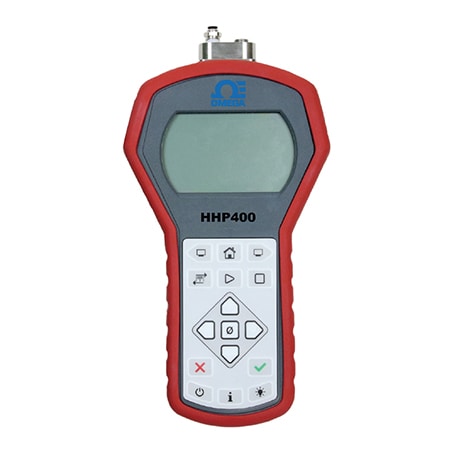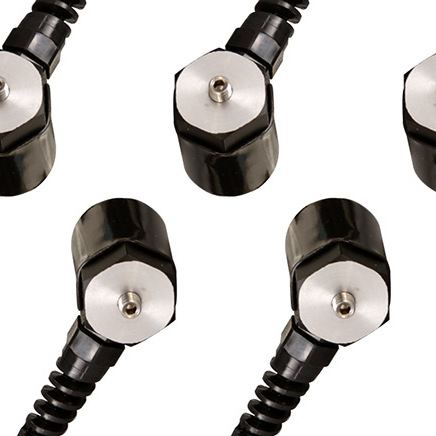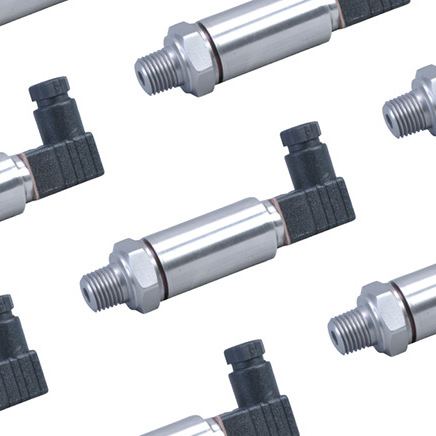How to Calibrate Pressure Transducer Using HART Communicator?
Calibration is an important step that helps devices to produce accurate measurements. Calibrating a pressure transducer using HART (Highway Addressable Remote Transducer) communicator is one of the easiest and most reliable ways to calibrate pressure transducers.
To calibrate the pressure transducer, you must first need a power source to energize the transducer. Connect the ammeter to the positive line from the transducer.
Connect a pressure source to the HP line of the pressure transducer. Using a hand pump with a reading scale is the best option. Leave the LP side vented to the atmosphere. Connect The HART communicator to the pressure transmitter.
Take measurements at zero pressure and measure at small increments. If the transmitter shows an error, then calibrate the transmitter by adjusting the Span and Zero in the Hart Communicator.
How to Calibrate the Absolute Pressure Transducer?
Absolute pressure transducers help us to measure the pressure that is not affected by the atmospheric pressure. Hence, the calibration of an absolute pressure transducer is much different from other forms of pressure transducers.
- The first step is to depressurize the entire system by opening the release valve after closing the isolation valves.
- Attach the pressure calibrator hose to the NPT pressure port. Connect the Red lead and the Black lead from the pressure calibrator to the positive and negative test terminals of the pressure sensor.
- Switch on the pressure calibrator and open the vent by turning it counterclockwise. Press the zero button and then close the vent.
- Select PSI by clicking the Units button and press the zero button. Close the bleed valve and move the pressure vacuum values to “+”.
- Create a pressure of 3 psi using the hand pump. Maintain the pressure and note down the values for mA and psi. Increase the pressure at regular intervals and note down the values.
See if the mA values correspond to the psi values as per the manufacturer’s specifications. If they do not match, use the manufacture’s direction to manually set the values.
How to Calibrate a Vacuum Pressure Transducer?
A vacuum pressure transducer, also known as an absolute pressure transducer, measures the pressure unaffected by the atmospheric pressure. To calibrate vacuum pressure transducer, use the following steps.
- Close the isolation valves and open the release valve. This will depressurize the whole system. Connect the calibrator hose to the NPT pressure port. Connect the red lead to the positive test terminal and the black lead to the negative test terminal.
- Switch ON the pressure calibrator. Turn the vent in a counterclockwise direction to vent the system. Set the value to zero by clicking Zero and close the vent.
- Select the measurement unit to PSI by clicking the Units button. Click zero to reset the values.
- Close the bleed valve and set the pressure vacuum value to “+”.
- Use the hand pump to create a pressure of 3 psi. Note down the psi and mA readings. Now increase the pressure and note down the values again. Follow this procedure to get multiple readings.
Now, compare the mA value you wrote down to the manufacture’s specification for a given psi. If the values don’t coincide, calibrate the vacuum pressure transducer using the guide provided by the manufacturer.


